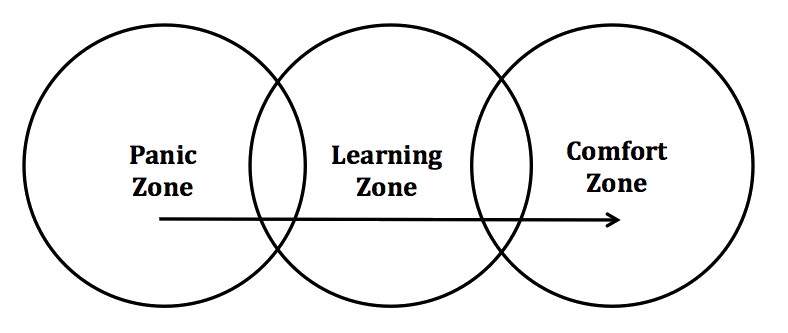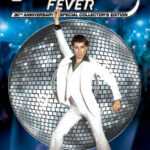Embarking on new experiences can often lead to surprising insights, and my recent foray into the world of Rumba Dancing has been no exception. As a middle-aged professional, venturing onto the dance floor was initially driven by a sense of adventure and a humorous acknowledgment of my less-than-stellar coordination. Little did I know that this journey into rumba would twirl me into a deeper understanding of sales, learning, and personal growth.
The rumba, with its intricate movements isolated to the lower body while maintaining stillness from the torso up, presents a unique challenge. It’s an exercise in controlled dichotomy – moving one half of your body with focused intention while consciously restraining the other. This inherent unnaturalness of rumba is precisely where its lessons begin. Despite the instructor’s encouraging words about eventually “feeling” the rhythm, the initial stages are anything but intuitive. My early attempts often resembled something akin to Elaine Benes’ infamous dance moves, a far cry from the smooth, graceful flow of seasoned rumba dancers.
Adding to the initial challenge, my wife’s tentative following made our partnered dancing feel somewhat disjointed. It wasn’t until our instructor, Steve, stepped in that I witnessed a transformation. Suddenly, my “awkward” wife moved with newfound elegance and poise, mirroring Steve’s confident lead. This stark contrast highlighted a crucial element: sometimes, the right guidance and partnership can unlock hidden potential. For me, however, the initial stages of learning rumba were a humbling experience, a stark reminder of my beginner status.
Yet, amidst the initial awkwardness and self-doubt, a valuable realization emerged. The turning point wasn’t the attainment of perfection, but rather the conscious shift from a state of panic to a state of learning. It was in those moments when I could detach myself from fixating on my shortcomings that I became receptive to growth. Discomfort remained, but it was now accompanied by a sense of progress, a gradual “getting it” that fueled my determination to practice and improve.
This transition from panic to learning is eloquently described by Geoff Colvin in his book Talent is Overrated. He illustrates the concept of learning zones – panic, learning, and comfort – visually.
 Panic Learning Comfort Zone
Panic Learning Comfort Zone
When we apply this concept to sales presentations, the parallels become striking. Improving our sales skills inevitably requires venturing into uncomfortable territory. We must embrace techniques and approaches that feel foreign and challenging. The key takeaway is to reframe discomfort as an indicator of opportunity. The more uncomfortable a skill feels, the greater its potential to propel our career forward. Seeking only comfortable skills leads to incremental growth, while tackling challenging skills unlocks significant advancement. Limiting discomfort limits growth.
Rumba dancing, in its initial stages, is undeniably uncomfortable for me. However, recognizing this discomfort as a catalyst for growth is transformative. The discomfort itself becomes irrelevant; what truly matters is perseverance and consistent practice. Mastery, in rumba and in sales, is a journey paved with repetition and a willingness to push beyond our comfort zones. Do I believe I can master rumba dancing? Yes, with continued effort, I do. Embrace this same conviction in your sales career, and you too can achieve remarkable transformations.


